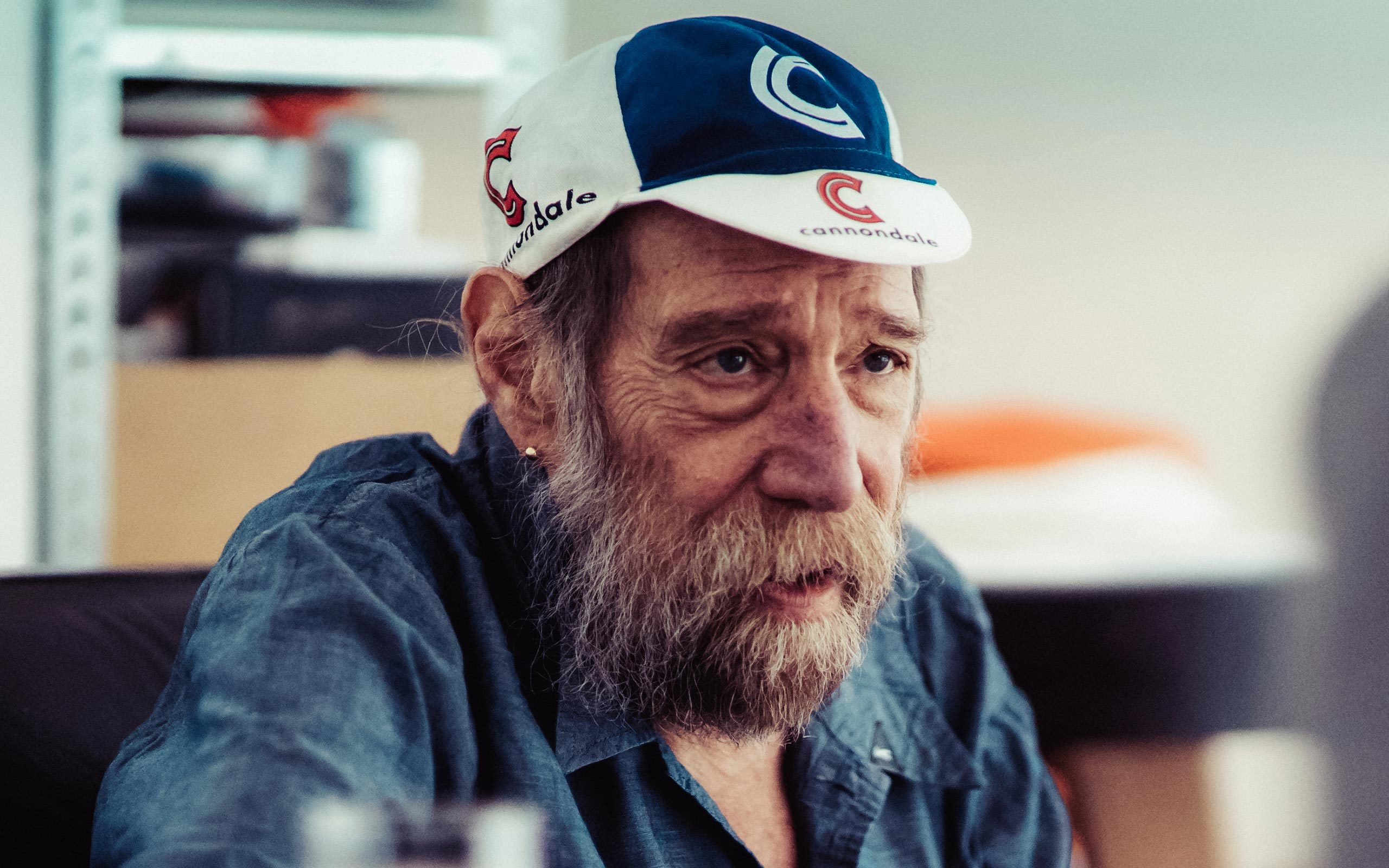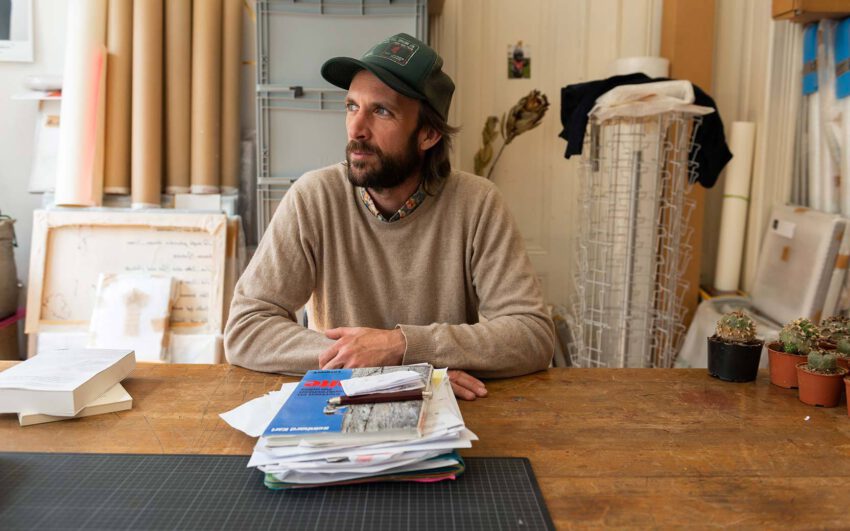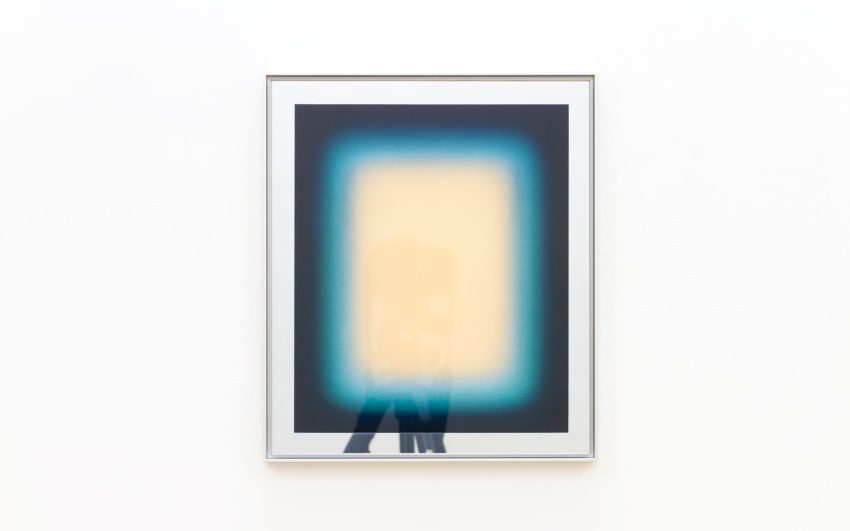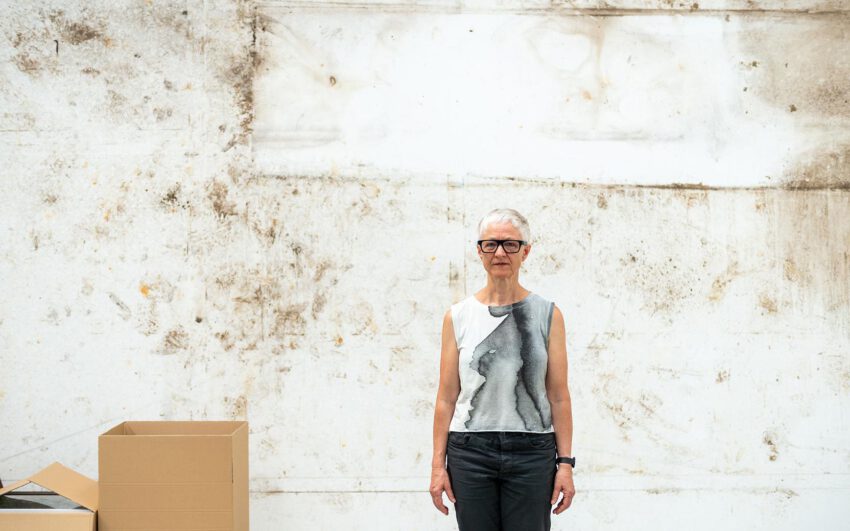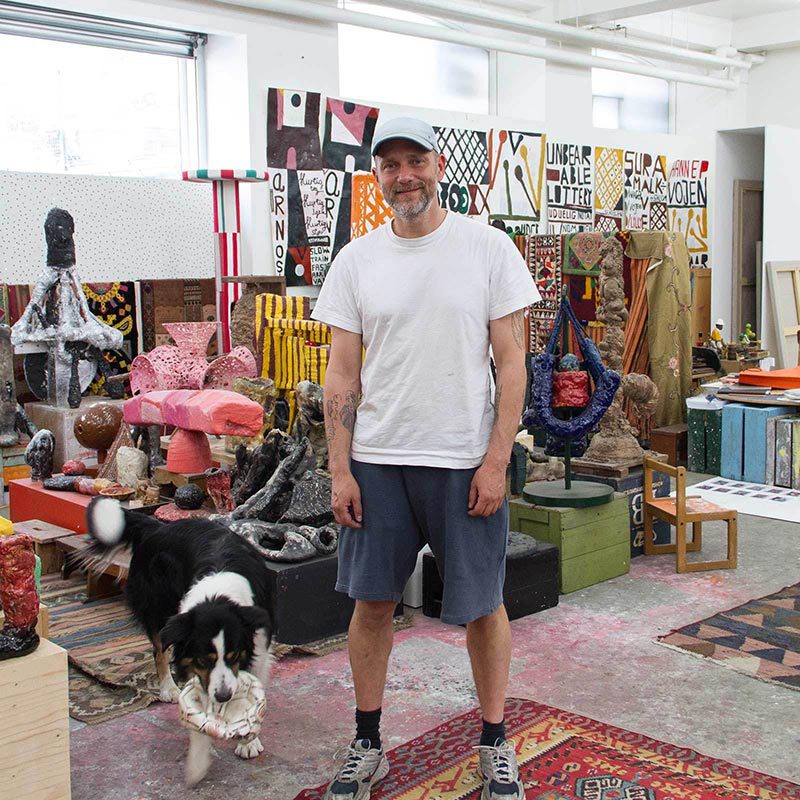This story has first been published in The Gap.
Lawrence Weiner’s art is readable. It is visible – in the public space and in commercial galleries, leaving it to viewers to interpret his art for themselves. The 75-year-old is himself as accessible as his sculptures of words and although he has often been described as a complex conceptual artist, he is actually incredibly “straight” - in both his work and his observation of the world, society, and art.
Lawrence, in many publications you are categorized as a representative of conceptual art although you denounce this categorization.
I am not a conceptual artist. My work is not conceptual, but terribly “straight”. I certainly understand, that at the time my work had to be named. A large group of people chose the term “conceptual” – but this doesn’t make sense. Conceptual is a behavior but not art. The description is only a way to make something banal look very intelligent. The term, however, is not intelligent enough. It is merely a pretence. I am simply an artist.
What are you currently involved with in your work?
I am involved with simultaneous and parallel realities. We live in a simultaneous reality. If you have a Freudian reality or dreams then you have a parallel reality. These realities cannot have anything to do with each other but they exist at the same time and in the same place. Sometimes, these worlds intersect, just as with the current world collisions in Europe.
At the moment, Europe is faced with a refugee crisis. What’s your impression of it?
I think it is a terrible thing and I don’t know the solution for this problem. But mass migrations happen constantly and they don’t work, because nobody knows, what has to be done with this many. I know that at the present time very many people who need help come to Europe. These people cannot be rejected. I think that the refugees give people the most precious possession they have – their children. They want their children to go to school here and they want to speak the language of their country of arrival. That is a healthy thing for a culture.
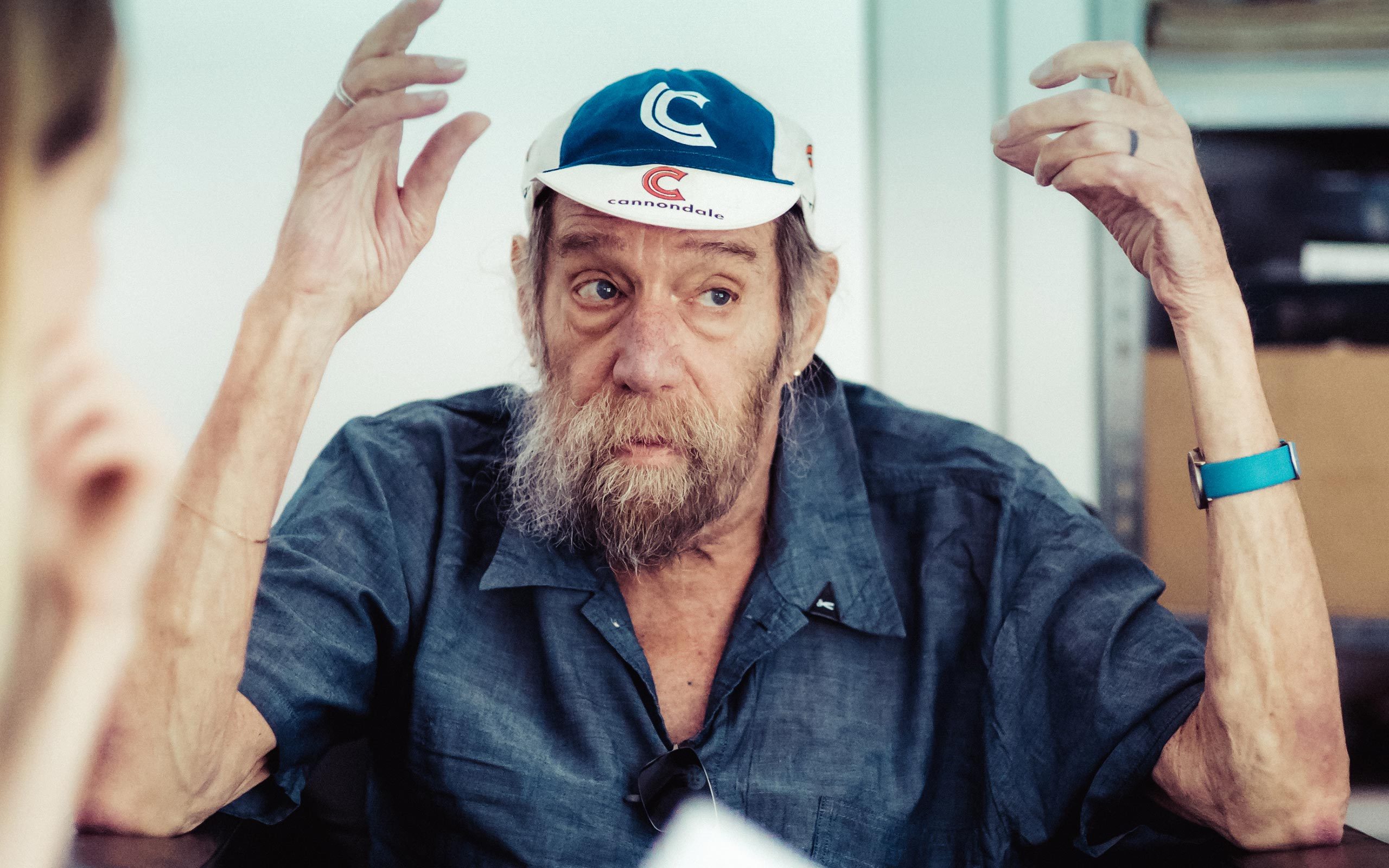
Why is it so difficult for Europe to solve the problem?
For a long time Europe has lived very well and now all these people who have a different culture are coming and bringing other values to Europe. That is a problem, but it is not my problem. I am an artist, and I work outside of these societal values and rules
How much does the term privilege play a role in this context?
Privilege is a terrible term, but it has to exist. The people who demand privileges are people who already possess most privileges. That’s the point.
And what role has the term freedom in this discussion?
Freedom is an important point. I am disgusted by constraints.
How does America perceive the European refugee crisis?
The American people are isolated from this topic. I live in New York and work in Los Angeles. These places are not impacted by the crisis in Europe. The people in New York and Los Angeles are in love with themselves. They don’t pay special attention to world affairs. They spend their time in masturbation with themselves, and each other. I think Europe is on the track of development in the same direction.
Are you surprised?
I am rather disappointed. Some people are so privileged that they don’t even recognize the value of a human life. And we don’t grow beyond that.

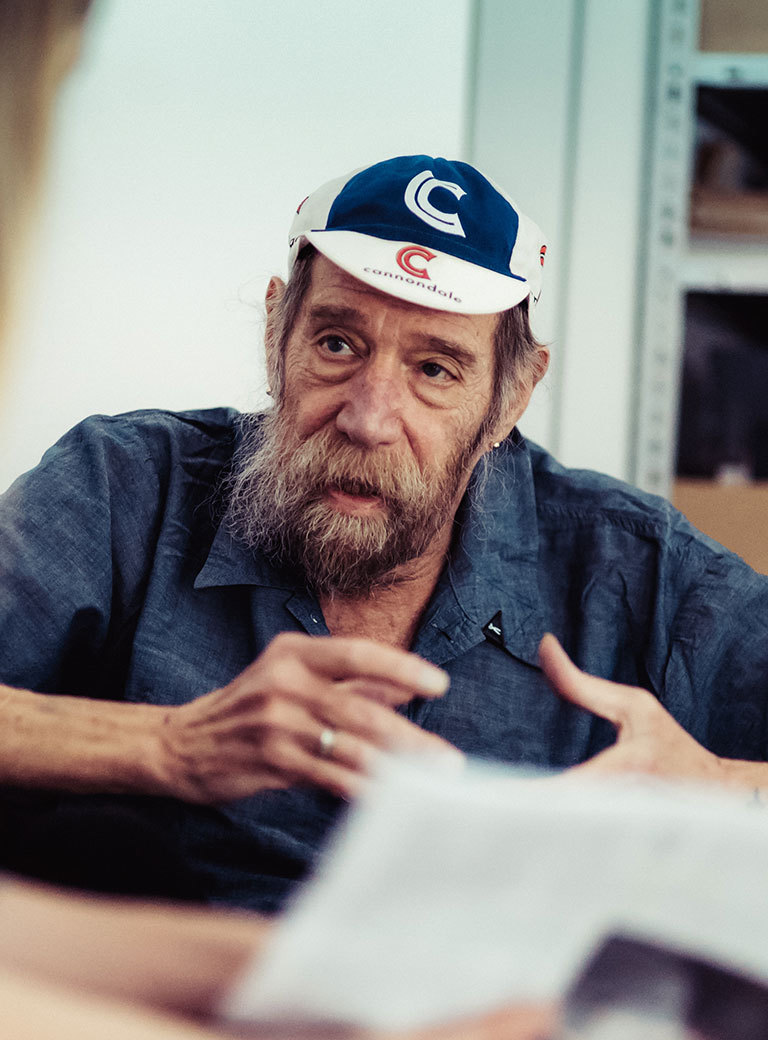
In Vienna you worked in a public space, the Esterházypark at the Flakturm. This air raid shelter was built in the Second World War. Was there a special reason for working on the tower?
No. The building was offered to me at the time. Of course I knew of the place and its history. The tower was supposed to save many lives during a completely useless war.
On the tower is written: Smashed to pieces (in the peace of the night). What’s that about?
It’s about the noises. In the Vienna of the 1970s and 1980s the smashing of beer bottles could be heard both night and day. These beer bottles were smashed against walls, and the sound of the smashing was different depending on the time of day or night. This was reason enough for me to work with it because it concerned a real phenomenon.
In an interview you declared that it is the task of artists to point out things that other people overlook.
The purpose of someone who decides to work artistically, is to dedicate themselves to the observation of things which are easily overlooked. Many people are too tired to take in their surroundings. It is the function of artists to view the world and the objects and occurrences in it attentively in order to work with it. That’s all. That’s art.

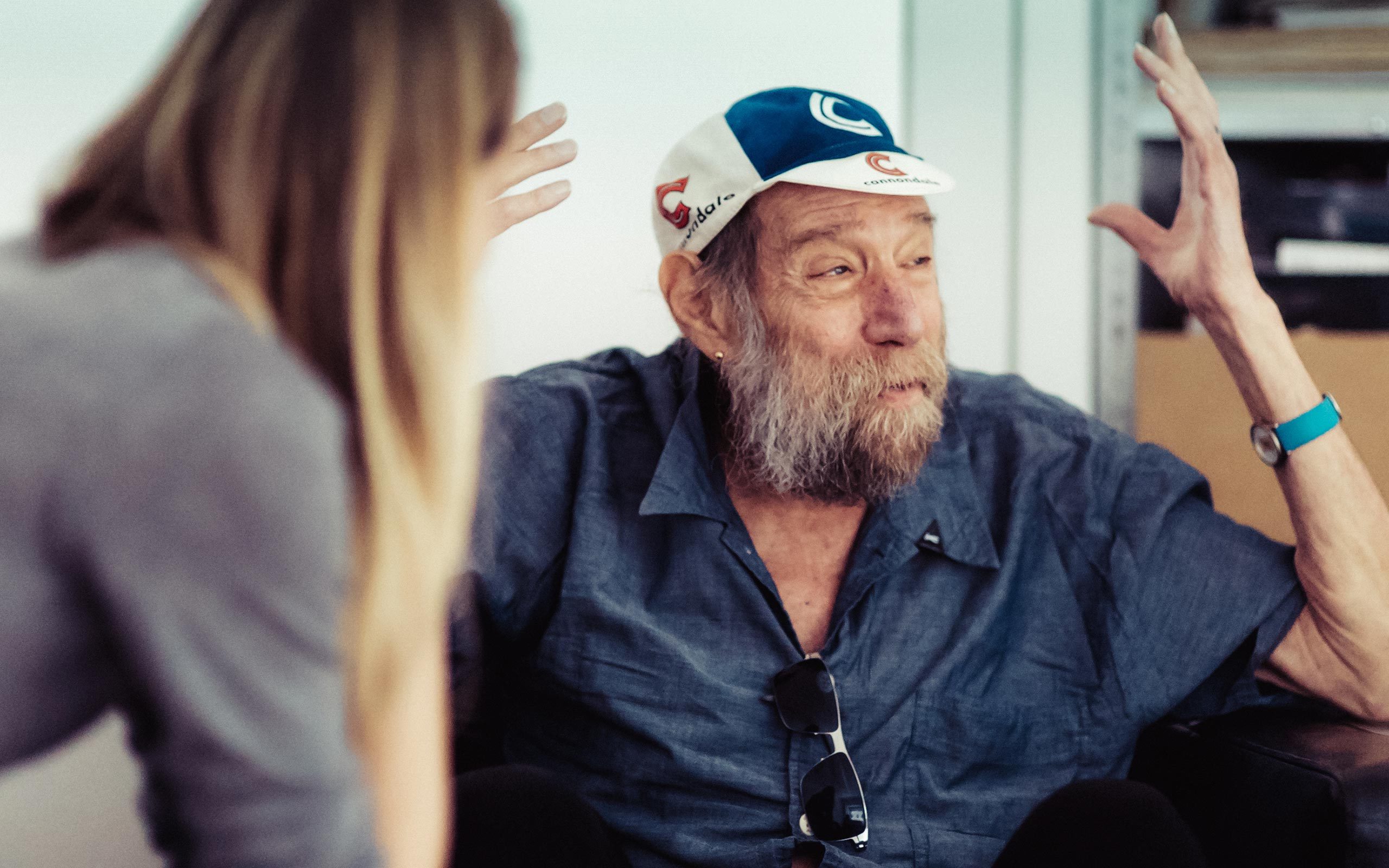
When you create your art, with what do you begin?
When I work I begin with the material. Then I translate the material into a language and create a sculpture. As an artist I am actually a sculptor. These sculptures can be seen in the public space or in galleries; I prefer to show my work in galleries, because the public space is complicated. In the case of buildings I have to be sure that they are accessible to the public so that an interaction with society is possible.
People should see but also read your work. Why the linguistic translation of the material?
My work is aesthetic and I’ve heard that it is very sensible. It is the content that is important, not the form. People who see my work and read it should find sense in it. And, returning to the problem of migration and the refugee crisis, people look too much at the form, but here, too, the content counts, for a very adjusted person may not possess the right content.

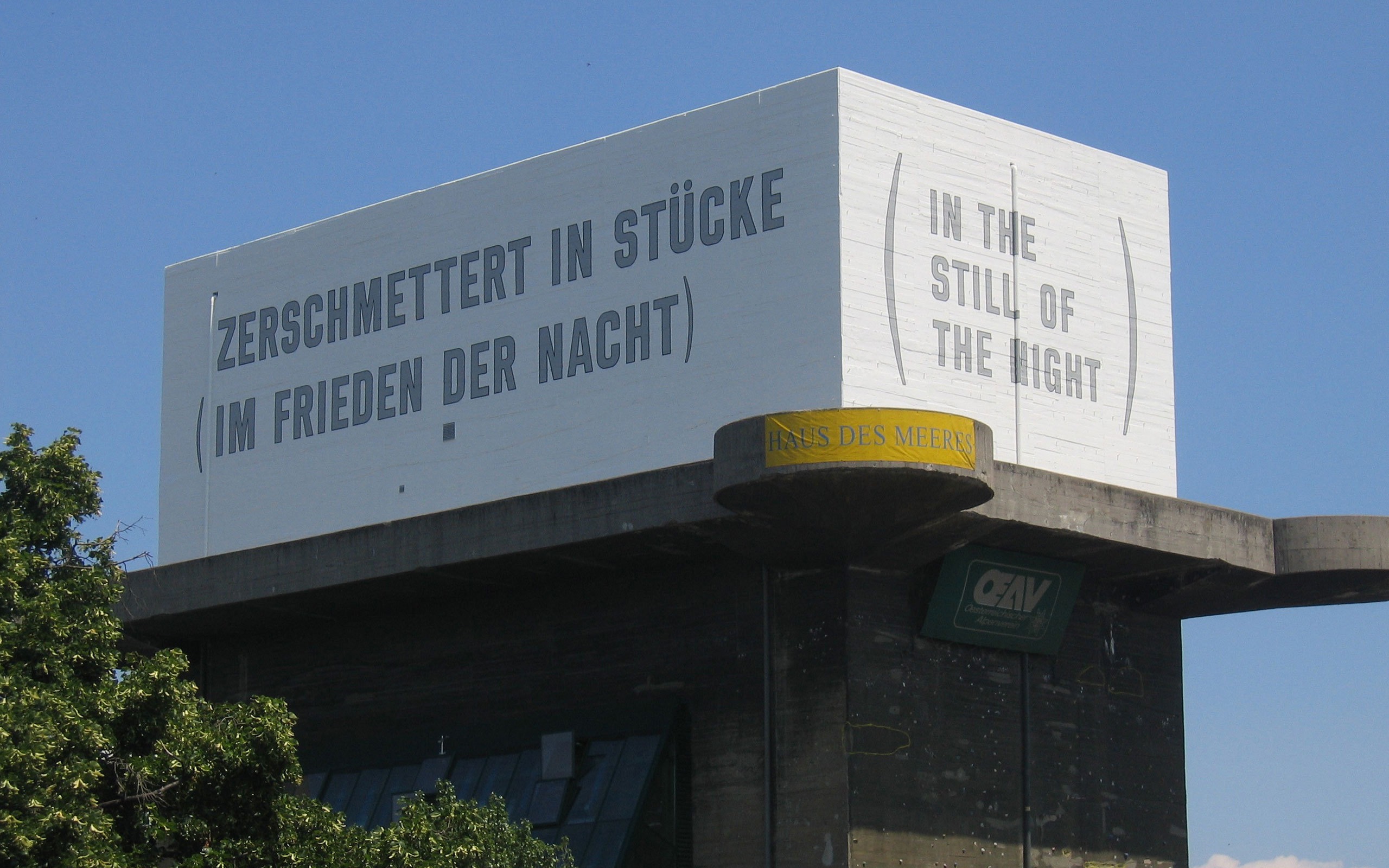
SMASHED TO PIECES (IN THE STILL OF THE NIGHT) (Cat. #607), 1990, language and material referred to Flakturm, Vienna, (c) Galerie Hubert Winter, Wien/Vienna
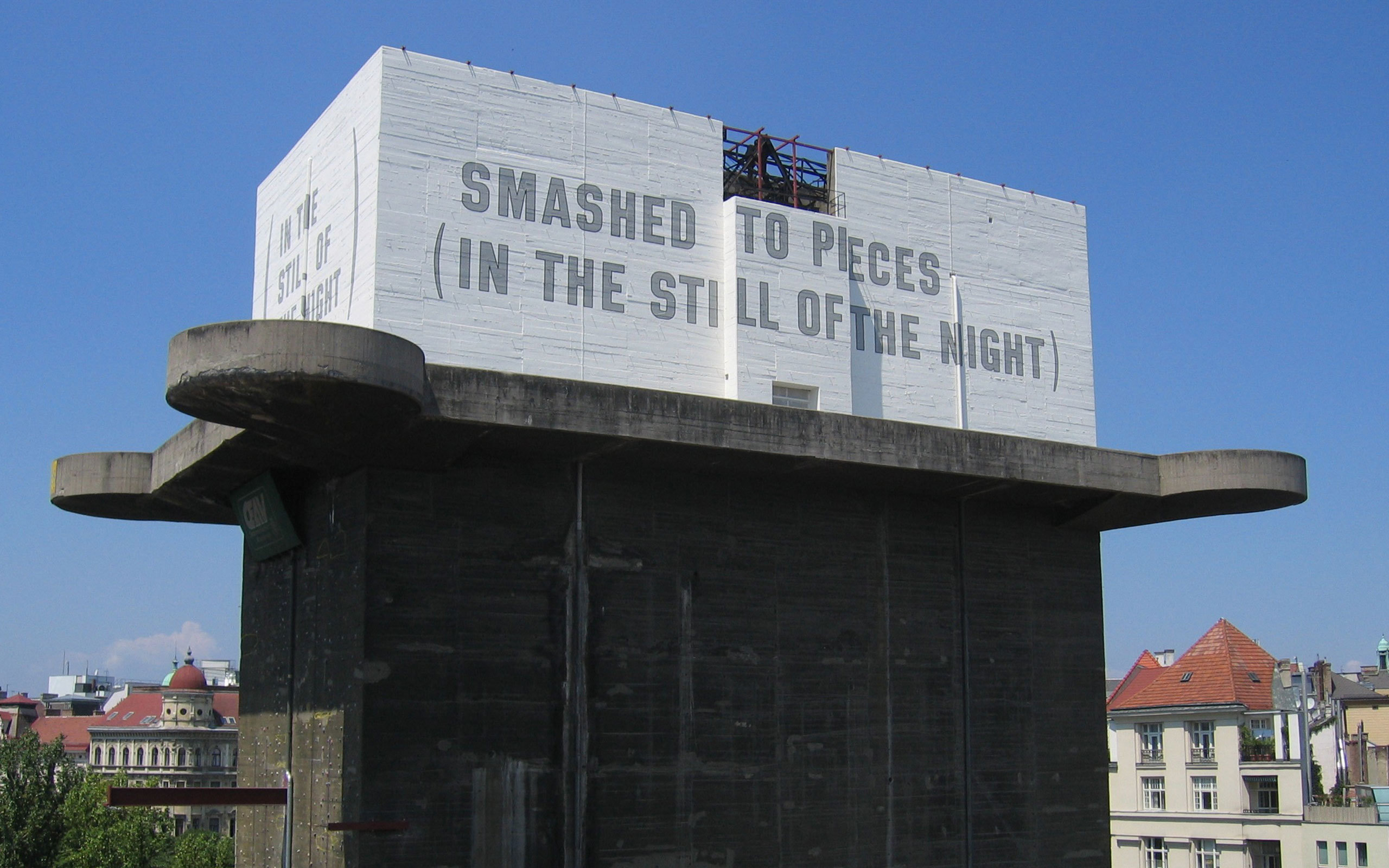
SMASHED TO PIECES (IN THE STILL OF THE NIGHT) (Cat. #607), 1990, language and material referred to Flakturm, Vienna, (c) Galerie Hubert Winter, Wien/Vienna
Interview: Alexandra-Maria Toth
Photos: Nikolaus Herzog


